What is WOCU-Monitoring?
WOCU-Monitoring (Warning Ok Critical Unknown) is a monitoring tool that integrates the latest Open Source technologies for monitoring, visualisation, metrics plotting and log management, providing a wide visibility on the status and availability of network elements, servers, databases and workstations (among others) using customised Monitoring Packs.
The monitoring of all these elements allows you to keep control of your business processes from a single console.
WOCU-Monitoring is fully distributed and scalable. It has a complete and powerful report manager that allows to generate attractive dashboards for any of the monitored metrics, as well as several backends that allow to make an optimal use of the resources of the systems according to the nature of the data.
Finally, it is worth highlighting its capacity to integrate third-party applications, avoiding renouncing the advantages of each of the existing systems in any company.

What elements does WOCU-Monitoring monitor?
WOCU-Monitoring is a unified solution that can monitor and obtain detailed information from a multitude of network elements, servers, databases, workstations, applications and IP devices and is accessible from any of the WOCU-Monitoring components.
In addition, it is possible to group hierarchical dependencies of monitored elements and services into vital Business Processes, obtaining a clear and precise vision of the correct functioning and availability of the business.
What functions does WOCU-Monitoring offer?
In this User Manual the following functions of WOCU-Monitoring will be described in detail:
1. WOCU-Monitoring uses proprietary management tools that monitor and process the information obtained from imported and managed assets, continuously measuring the behaviour of the IT infrastructure and optimising resources.
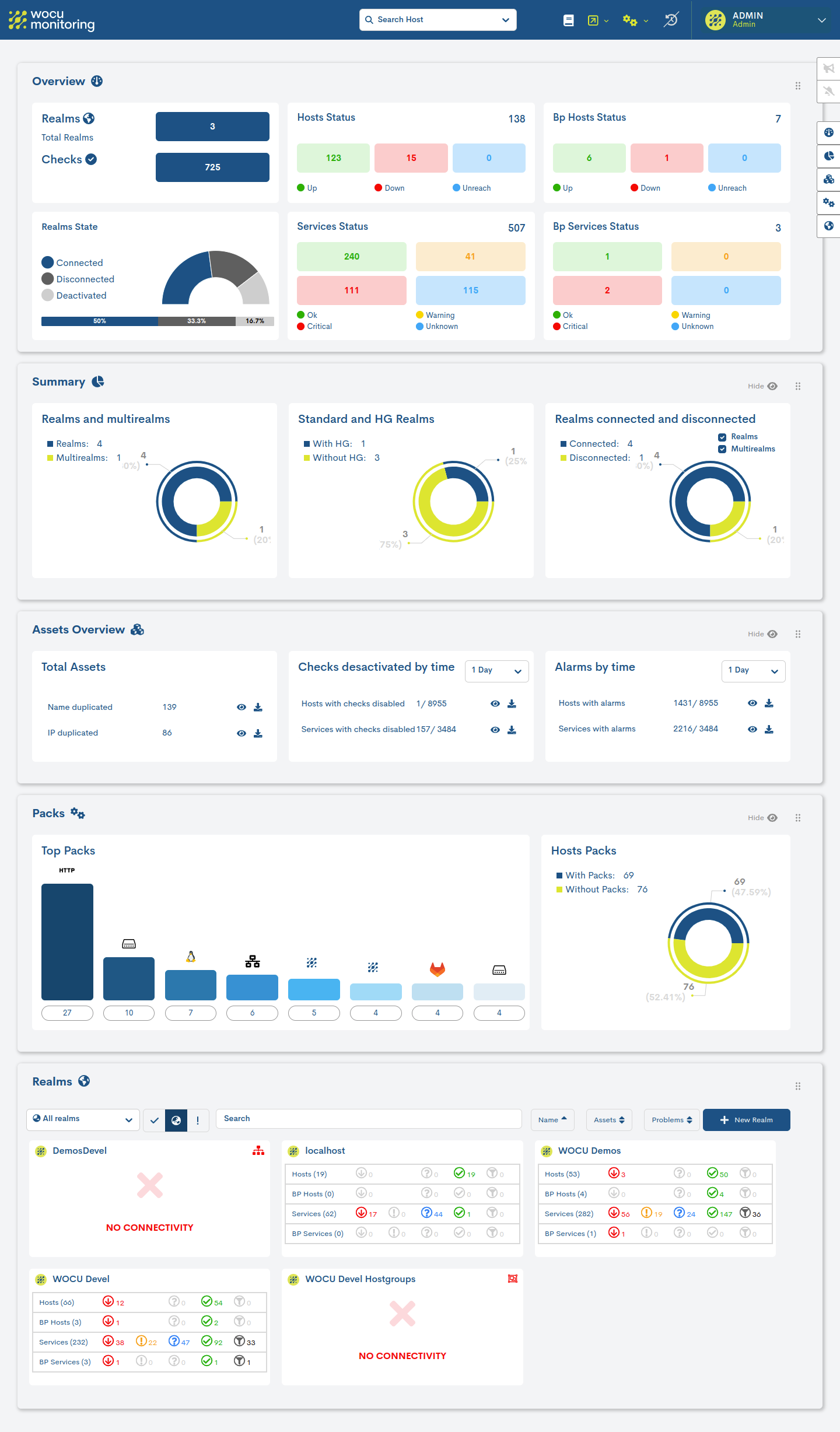
2. Import and auto-discovery of hosts, services, interfaces, etc., by launching Import Tasks (Tasks). WOCU-Monitoring’s flexibility to import data sources extends to all kinds of formats, including CSV, JSON, integration with CMDBs, etc.

3. Critical observation or continuous determination of the status of assets, in order to identify changes with respect to the required or expected level of performance, in relation to the fulfilment of Service Level Agreements (SLA).

4. Integration of Open Source monitoring technologies for the visualisation and management of logs. In this way, the information received is displayed in a graphical, organised and easy-to-analyse way by the operator, in the form of alarms and warnings about the monitored assets.
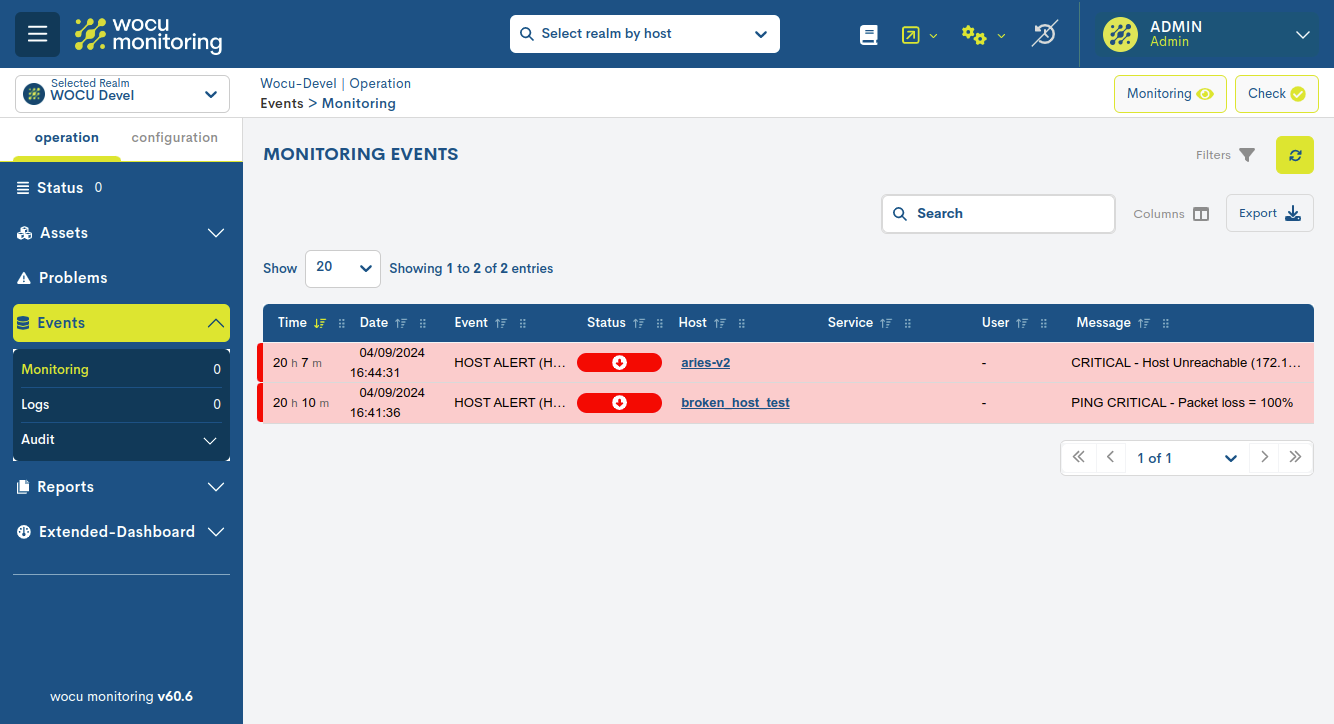
5. WOCU-Monitoring also facilitates an in-depth analysis of events, thanks to the reception of the messages (logs) of the monitored elements.
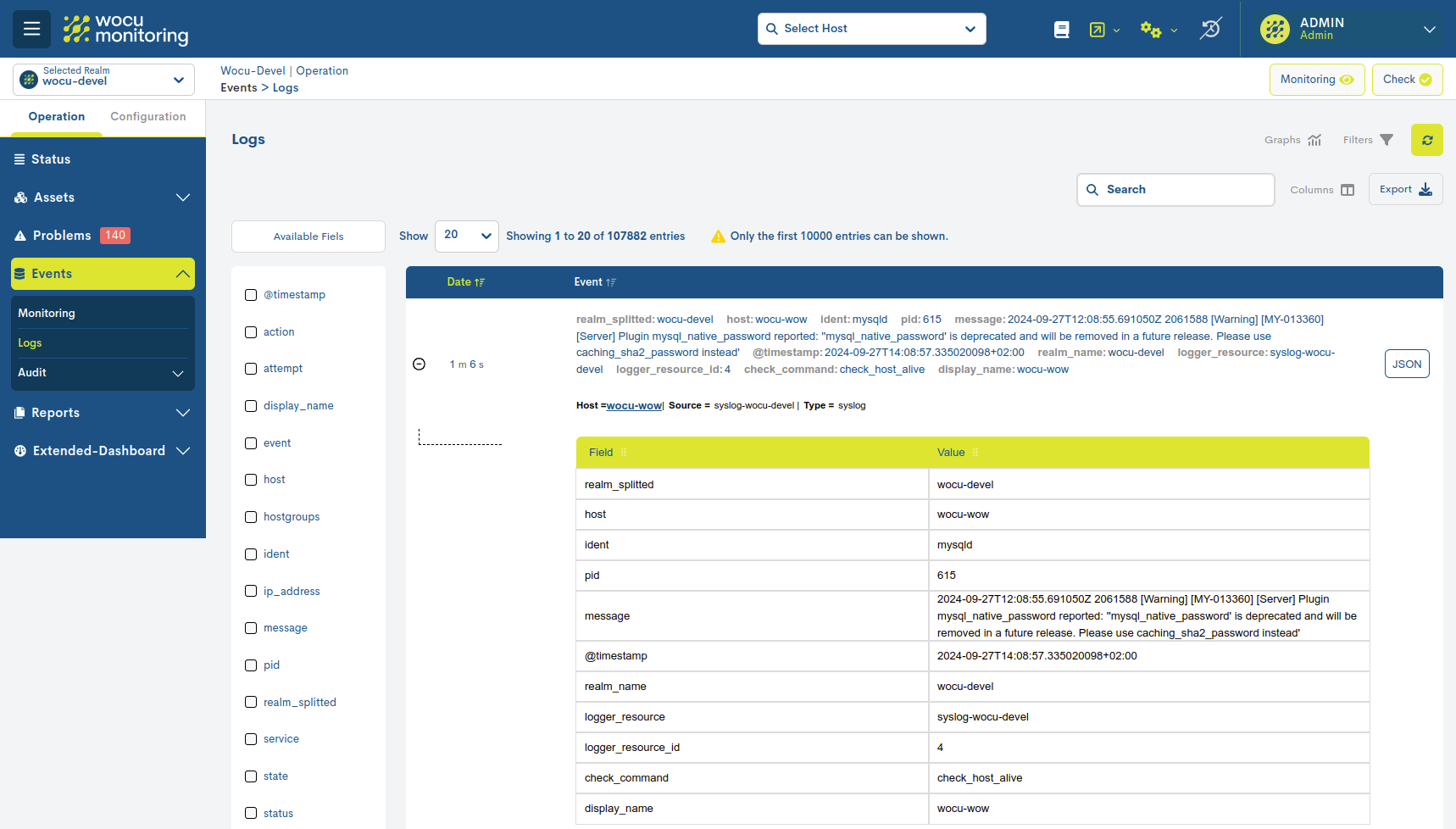
6. Easy generation of customised reports on the multitude of metrics and indicators.
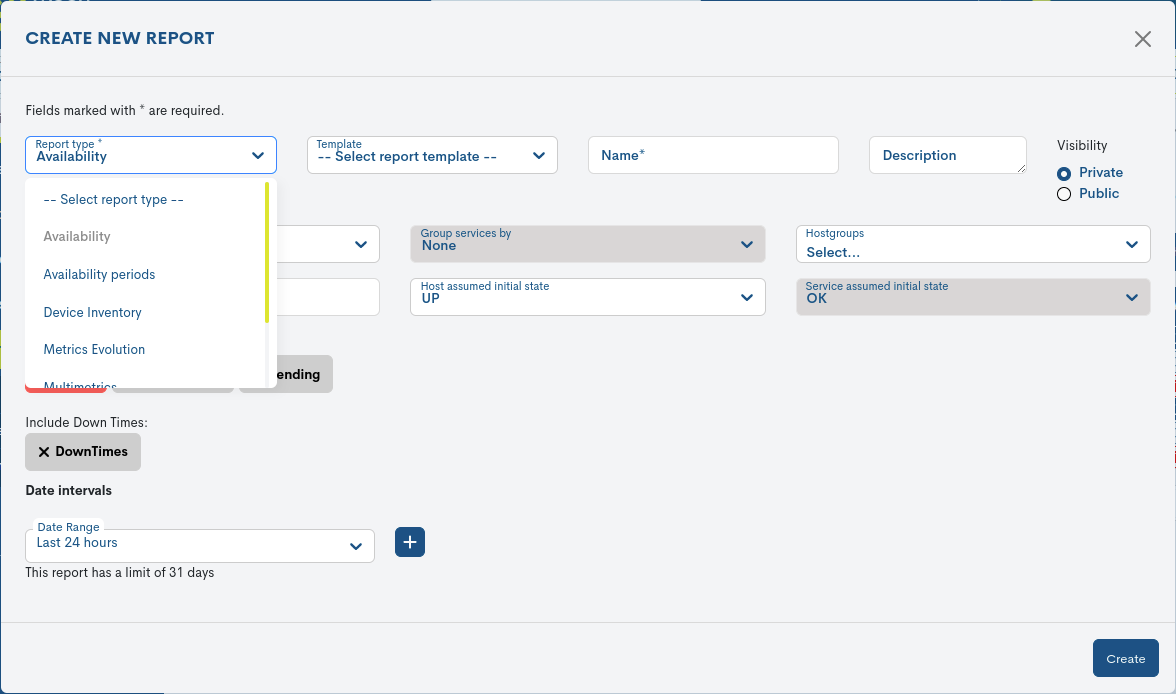
7. Integration and visualisation of analytical dashboards exported from external tools to WOCU-Monitoring, under free choice and configuration of the Administrator.

8. Integration of a geolocation module to visualise the real location and current status of the monitored hosts on geographic maps.

9. Visualisation of monitoring metrics, showing how the infrastructure is behaving at all times. In addition, it is possible to customise the dashboards.
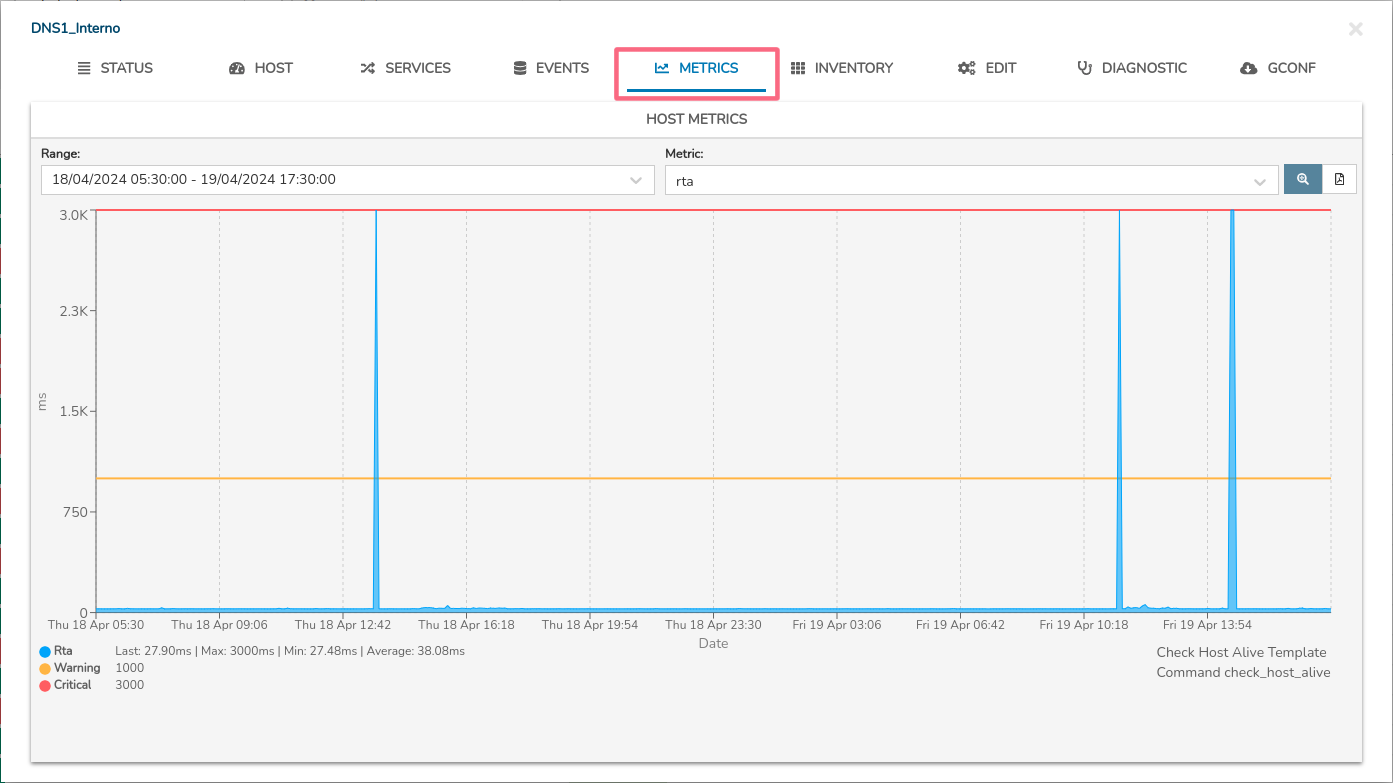
10. Management and study of Business Processes, in order to discover how problems impact on them.
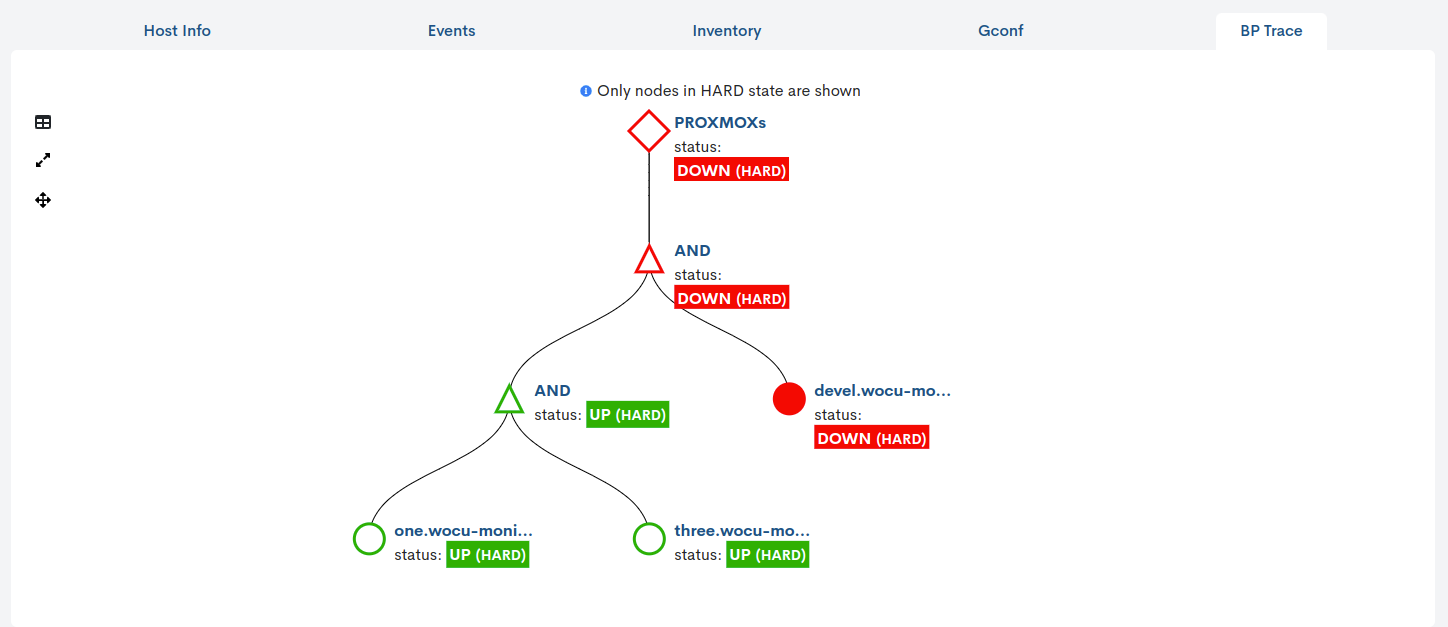
11. And of course an Operation Console where alerts from all hosts and associated services are unified, for a better understanding of the state of the infrastructure.
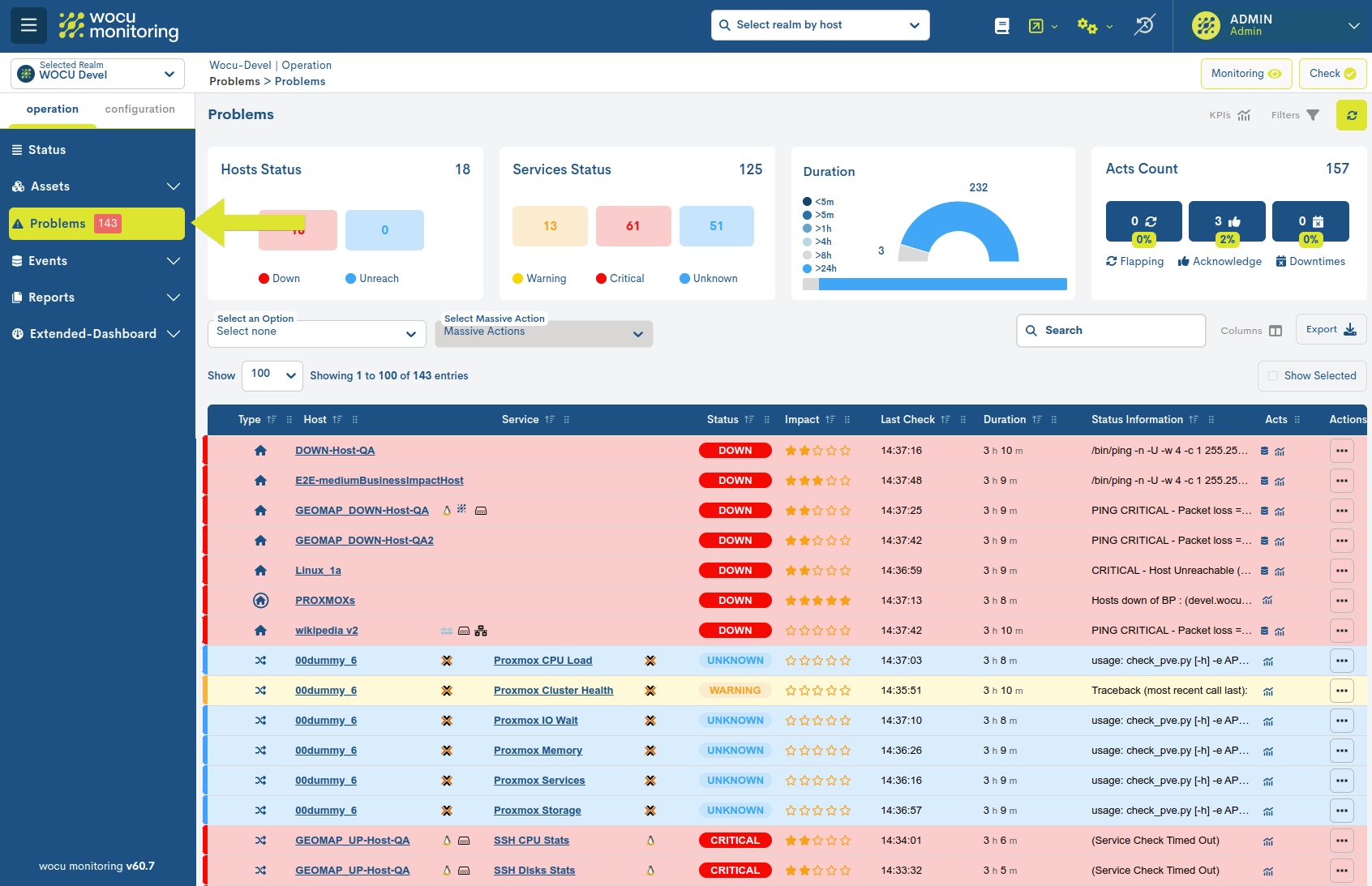
What other features does WOCU-Monitoring have?
WOCU-Monitoring offers access to a multitude of complex technical information through a simple, user-friendly and intuitive graphical environment that makes it much easier to understand and analyse.
In addition, it is characterised by its distributed architecture, which is fully scalable and allows for high availability and load distribution scenarios.
In conclusion, WOCU-Monitoring is a tool that aims to simplify and transform complex processes, and to ensure control and stable connection between all network devices and services.
Technical Documentation
Objetive
Its task is to provide the user with the key knowledge for an agile and optimal use of the developed tool: WOCU-Monitoring.
On these pages you will find a detailed description of the graphical environment, menus, functions, configuration options and services offered by WOCU-Monitoring, enriching each piece of information with images, explanatory and warning notes, linked sections and use cases, useful for following the explanation.
In short, the reader will be able to become familiar with the tool and acquire knowledge about the status and availability of hosts and services, report generation, event indexing, graphing and log management or configuration of monitoring packs (among many others).
Scope
It provides the necessary information to learn how to use and manage the WOCU-Monitoring tool in your monitoring tasks in a centralised, dynamic and up-to-date way, as the documentation will always correspond to the latest version of WOCU-Monitoring.
Given the variety of hosts and services that WOCU-Monitoring is able to monitor, only information related to the monitoring tool in question will be provided and not to the different technologies monitored and supported.
Contents
The technical documentation of WOCU-Monitoring is structured in eight main blocks:
About WOCU-Monitoring: with introductory information on the subject.
User Manual: divided into three sections according to the most common tasks:
A chapter dedicated to the Operation and monitoring with WOCU tasks of monitored assets.
A chapter detailing the Report Generation process.
A chapter describing the Basic WOCU configuration for the registration, import and management of assets.
Administration Manual: to learn about and perform step-by-step a range of advanced administration tasks in WOCU-Monitoring.
Additional Modules: which by default are not distributed in WOCU-Monitoring.
Monitoring Packs: catalogue of packs classified by most common technologies, functions or manufacturers on the market.
API: serves the complete and detailed documentation of the WOCU-Monitoring
API.Release Notes: list of publications of new functionalities, improvements and other modifications that accompany each of the versions of WOCU-Monitoring.
Complements: documentation related to each of the products that make up the WOCU-Monitoring suite.